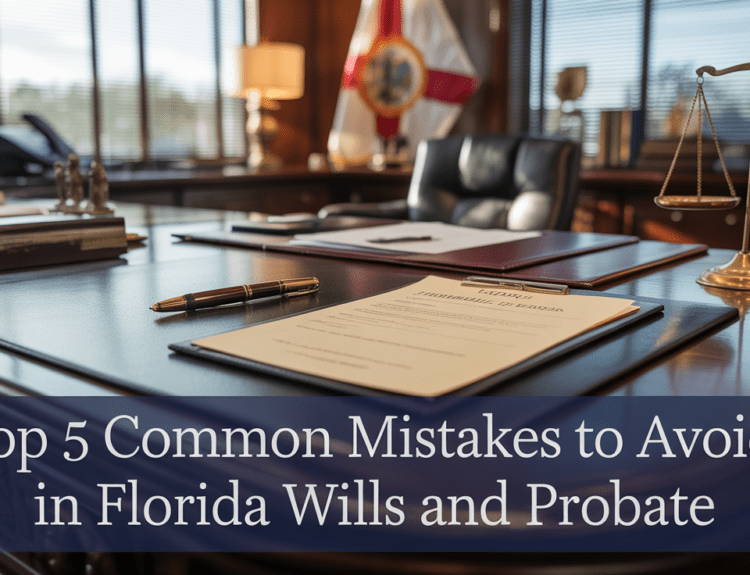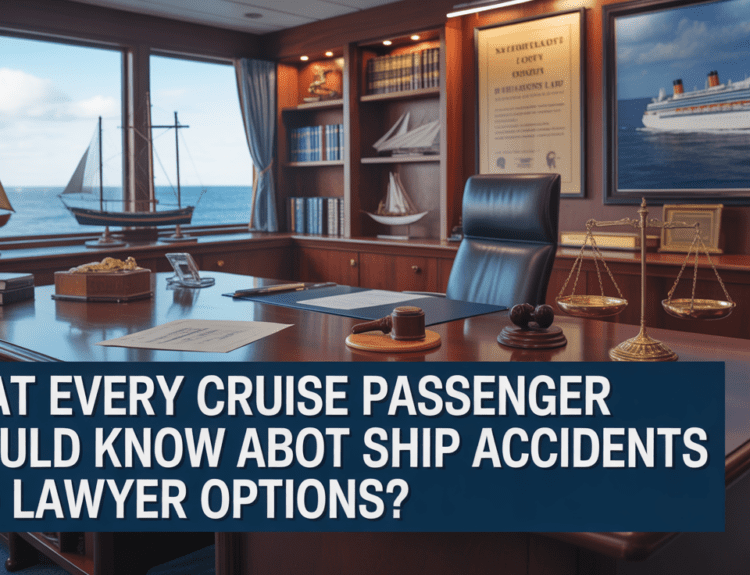Orange County is a place that sees a lot of accidents due to its heavy population. The upside is when you are hurt in Orange County, you can file a personal injury claim and secure compensation for your losses. However, personal injury cases can be complicated. When someone gets hurt because someone else was careless, the person at fault needs to pay for the damages. But what if the injured person already had a health problem? That’s when things can get confusing. Insurance companies often use a strategy called the pre-existing condition defense to try to pay less, saying the injury wasn’t fully because of the accident.
Fortunately, the eggshell plaintiff rule helps fight against this tactic. It protects people who may be more fragile because of their health issues. If you’ve been hurt and are facing this defense, it’s vital to understand your rights. Whether you decide to handle the case yourself or hire a trusted Orange County injury lawyer, understanding this legal doctrine could make all the difference in your case.
What is the Eggshell Plaintiff Rule?
The eggshell plaintiff rule is a legal principle that means, “You take the plaintiff as you find them.” Basically, if you get hurt because someone else was careless, that person can’t use your past health problems as a reason to not take responsibility for what happened.
It’s called the eggshell rule because, just like eggshells can be delicate, some people are more prone to injuries than others. Even if someone is more likely to get hurt because of their health issues, the person who caused the injury is still responsible for what happened.
Why Insurance Companies Use the Pre-Existing Condition Defense
Insurance companies try hard to avoid paying high settlements. One common method they use is the pre-existing condition defense. They claim that your injuries are not from the accident but from your past health problems.
For instance, if you have a history of neck pain and seek payment for a neck injury after a car accident, the insurance company might say that your pain has nothing to do with the crash.
This defense often comes up in cases involving:
- Ongoing pain conditions
- Past surgeries
- Arthritis or joint problems
But here’s the important part: The eggshell plaintiff rule says that even if someone had a pre-existing condition, the person at fault must still take responsibility if their actions made the condition worse.
How the Eggshell Plaintiff Rule Protects Injury Victims
The eggshell plaintiff rule makes sure that victims get fair compensation, even if they have previous health problems. The law understands that everyone’s body is different, and people shouldn’t be punished for being more sensitive to injuries.
If you have a pre-existing condition, don’t let that stop you from filing a personal injury claim. The key is to provide clear medical proof that shows how the accident made your condition worse.
This is where having a good lawyer can be very helpful. They can collect the needed medical documents and expert statements to show that what the other person did caused your pain.
How to Strengthen Your Personal Injury Claim When You Have a Pre-Existing Condition
If you’re worried that your medical history might hurt your case, here are some steps to help you strengthen your claim:
1. Be Honest About Your Medical History
Don’t hide your pre-existing condition. Being honest with your lawyer and doctors is important.
2. Gather Medical Records
Having your medical records is key to showing that the accident made your condition worse. Make sure you have documents that show your health before and after the event.
3. Follow Your Doctor’s Advice
Stick to your treatment plan closely. Skipping doctor’s visits or not following medical advice can weaken your case.
4. Work with a Lawyer
A skilled personal injury lawyer knows how to tackle the pre-existing condition defense effectively. They can build a strong case to show that the other person’s carelessness caused your current injuries, no matter what your past health was.
Key Takeaways
The eggshell plaintiff rule provides strong support for injury victims against unfair claims based on their medical history. Here’s what to keep in mind:
- The person at fault is responsible for all damages from their carelessness, even if the victim had health issues before.
- Insurance companies might use the pre-existing condition defense to cut down payouts, but the law makes sure they can’t escape their responsibility if the accident worsens the victim’s condition.
Partnering with a lawyer can boost your case and help you get fair compensation.




